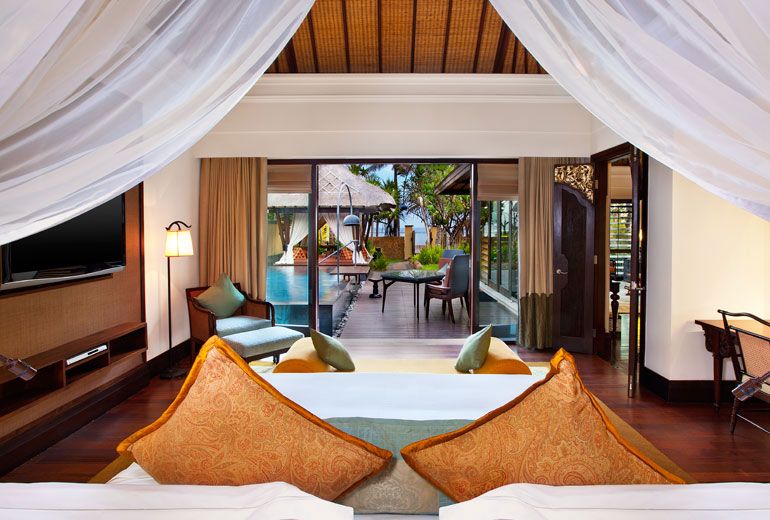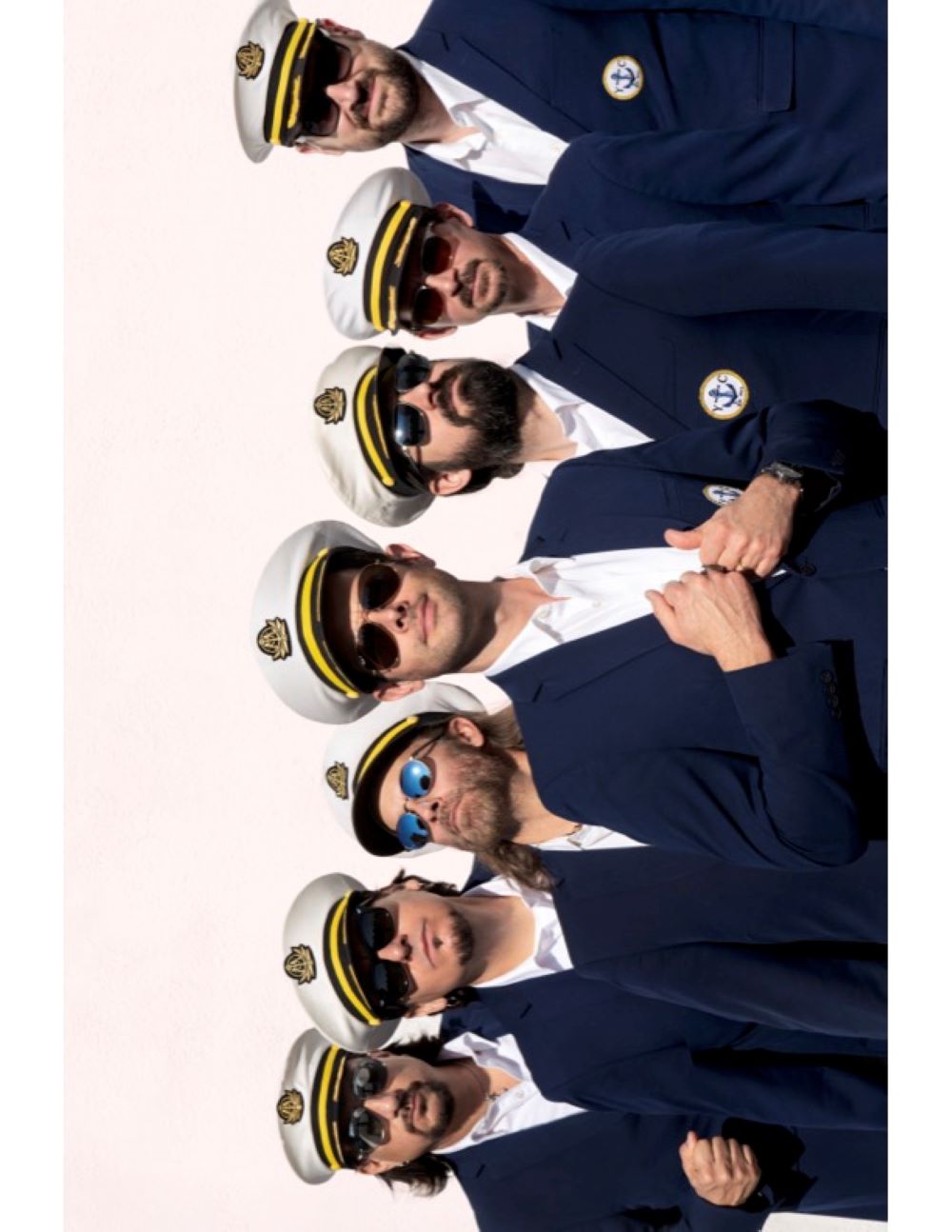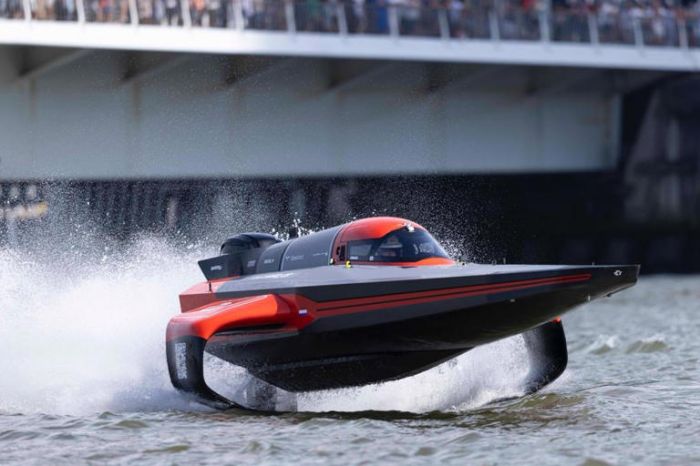
Affluent travelers have never been so sophisticated, savvy and opinionated; pushing luxury hospitality to new heights. Here, via a fresh study, we look at which hotels have passed the test in the eye of the consumer. Generally speaking, when it comes to luxury, we are familiar with the industry’s pantheon of leading brands, which are viewed by hospitality experts as the foremost exemplars of luxury. Less well publicized, however, is whether the guests of luxury hotel brands also consider them to be the best or whether the luxury status quo is just a cunningly-curated PR myth.

Returning from summer vacations and with new hotel experiences fresh in the memory, the Luxury Branding team was interested to learn how well the luxury hotel industry’s view of itself accords with that of its guests. Here, we present a snapshot of what they uncovered as part of the World’s Most Popular Luxury Hotel Brands, 2015 report. How do people rate the canon of luxury hotel brands? Does traditional luxury still reign or are the newer brands surpassing the older classics? Do brands even matter to people or is it more about the experience at an individual hotel?
The team set out therefore to investigate whether the experience of guests matches up to the conventional wisdom of an insular group of insiders, opinion formers and media – the ‘who’s who’ of the luxury zoo. Without hearing the customer’s voice, it is difficult to know whether there is real substance behind the top luxury hotel brands. Do guests perceive excellence in luxury in the same way as the media and the hotels themselves? What standards do travelers expect from a high-end brand and how well do their portfolios deliver?

Luxury Branding also wondered if, by setting expectations so high, the industry might cause a level of disappointment among guests. Can a brand really live up to a self-proclaimed five-star deluxe rating? Or are the underdogs better positioned to delight and exceed guest expectations? STR Global lists no fewer than 98 hotel brands in the Luxury category of its 2015 Global Chain Scales. With so many global brands positioned as luxury, Luxury Branding wanted to unearth how well and how consistently they deliver on this promise. Can so many brands really be luxury? Should luxury actually be defined by the traveler rather than the industry?
They wished to understand whether the big brands are able to deliver their luxury promise consistently across large and expanding portfolios. Can a luxury hotel concept be translated with integrity across multiple properties, cultures and geographies? These questions assume additional relevance given that most luxury hotel brands have expanded exponentially in the past two decades. The sample of luxury hotel brands in this study has an average portfolio size of 29 hotels, from which it is possible to estimate that there are more than 2,800 hotels and resorts operated by luxury hotel brands in the world today.

In order to evaluate how paying guests perceive luxury hotel brands, Luxury Branding developed a methodology and series of algorithms on the basis of which we compiled and aggregated customer ratings of luxury hotels on TripAdvisor, the world’s largest travel feedback site. TripAdvisor not only enabled them to view how the individual properties of luxury hotel brands are rated but also to measure how each compared to other hotels in their location, providing unparalleled insights into how luxury hotels stack up against one another and live up to their reputation in the eyes of the paying guest.
Consulting multiple sources, including industry insiders as well as rankings and lists published by inter alia STR Global, Travel + Leisure, World Travel Awards, Digital Luxury Group and the Luxury Travel Expert, we compiled a long list of candidate luxury hotel brands. To qualify for inclusion in the study, a brand needed to comprise more than one hotel and be present in more than one country. Additionally, the majority of its properties had to be commonly recognized as five-star.

For each of the 59 brands that met these criteria, we compiled a listing of its open hotels and this exercise resulted in a sample set of nearly 1,600 properties in 135 countries. During the week 10-14 August, the research team recorded the TripAdvisor ranking for every property within the sample and weighted this Pure Rank by the number of hotels in the location. The result of this calculation is the hotel’s Weighted Ranking.
To compute the Rating for a brand, the total of its Weighted Rankings for each hotel was averaged across the number of properties in the portfolio. Any methodology has its weaknesses and in this case anomalies in the data collected were caused by the way in which TripAdvisor organizes locations. Since the Weighted Ranking measures the performance of a hotel relative to others in the same location, it is important for there to be sufficient properties within each location to make a fair comparison. Some hotels, for example, are situated very remotely and might therefore achieve a PureRank of #1 of 1 or #1 of 4 in that location.

After careful analysis of the statistical implications of differently sized competitive sets, it was determined that in locations with fewer than 10 hotels, it wasn’t safe to calculate a Weighted Ranking using that parameter. For these hotels, we augmented their competitive set by considering a larger area. Belmond Sanctuary Lodge in Peru is listed as #1 of 2 hotels in Machu Picchu but when the competitive set is expanded to Sacred Valley, it becomes #13 of 69.
On a very few occasions, it was not possible to expand the competitive set to a number greater than 10, and these hotels were removed from the final calculation of the brand’s Rating in order not to skew its results. As there were very few such hotels and a brand’s Rating is calculated as the average of all its Weighted Rankings, the removal of one property makes little difference to that Rating. It is fairer to exclude such properties than to include them. Finally, we sorted the 59 luxury hotel brands by their rating to determine the World’s Most Popular Luxury Hotel Brands, 2015.
World's Most Popular Luxury Hotel Brands (1-50)
Glossary of Terms
Units
+ A brand’s number of properties worldwide
Best
+ Weighted Ranking of the brand’s lowest scoring property where a low number indicates a good ranking (e.g. #1 of 177 hotels in Mauritius)
Worst
+ Weighted Ranking of the brand’s highest scoring property where a high number indicates a poor ranking (e.g. #177 of 177 hotels in Mauritius)
Range
+ The difference between the brand’s highest and lowest Weighted Rankings – a measure of brand consistency
Rating
+ The average of the Weighted Ranking for every one of the brand’s properties that is available for review on TripAdvisor

















